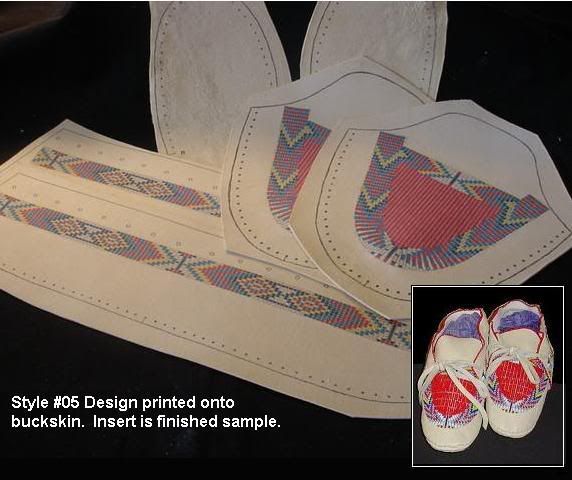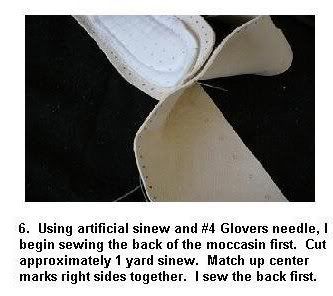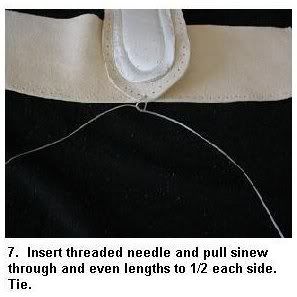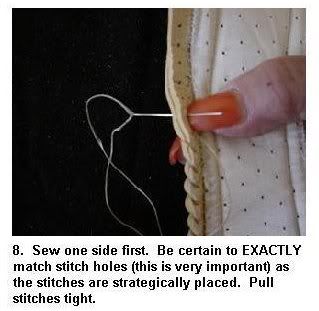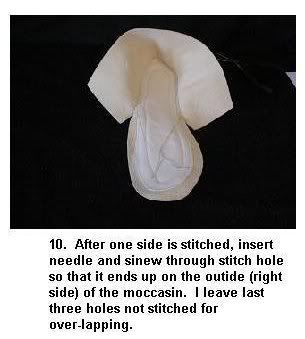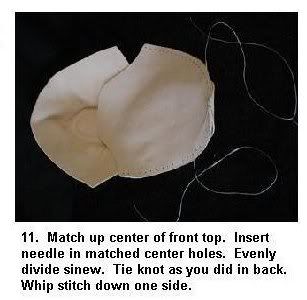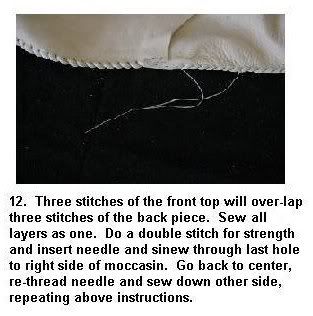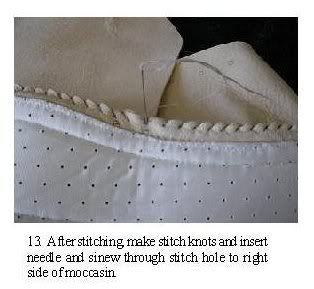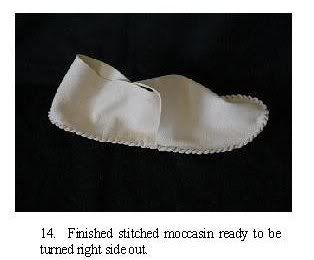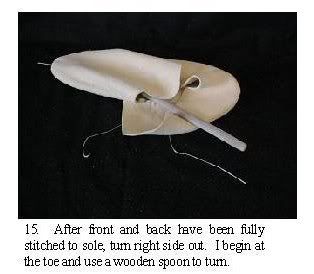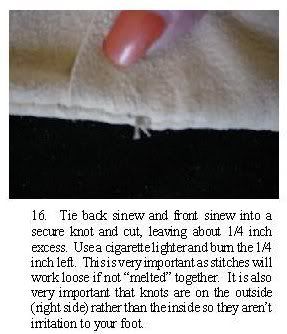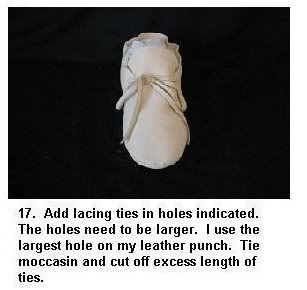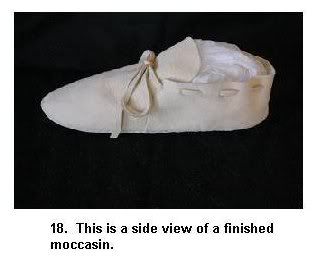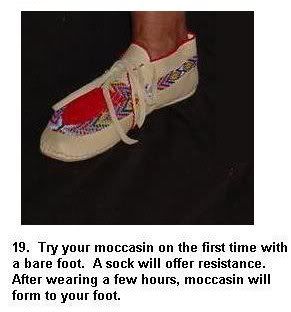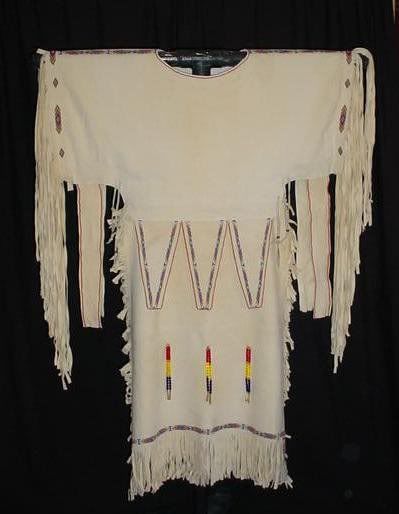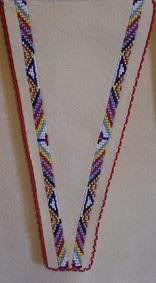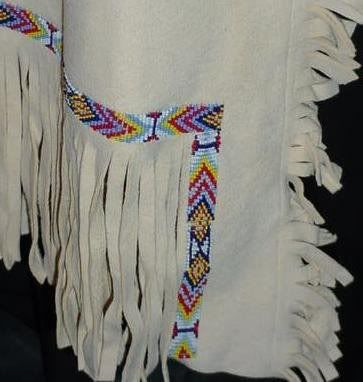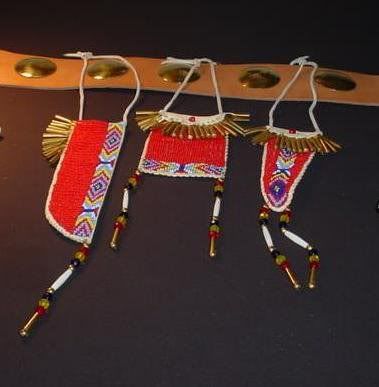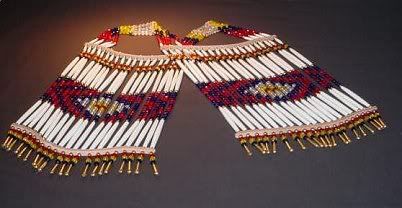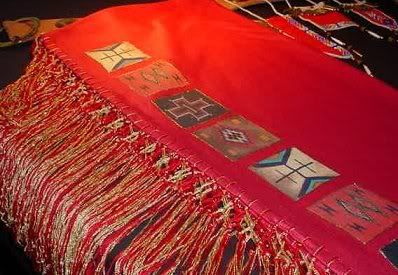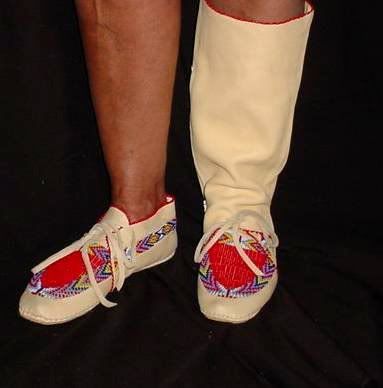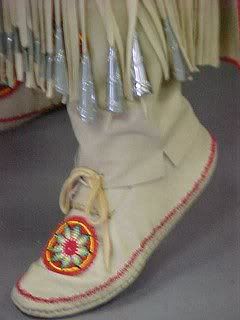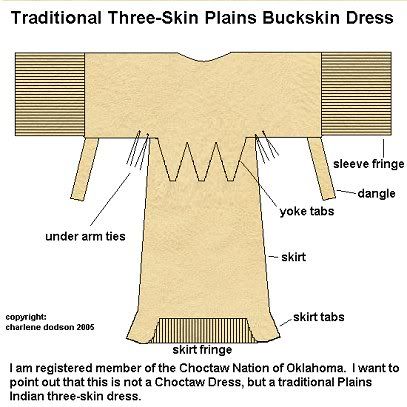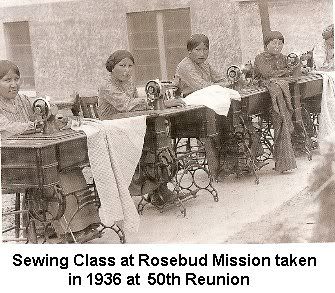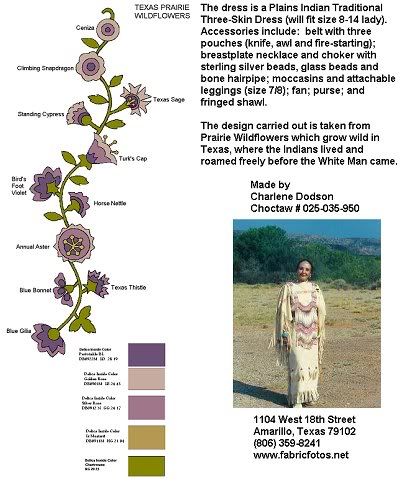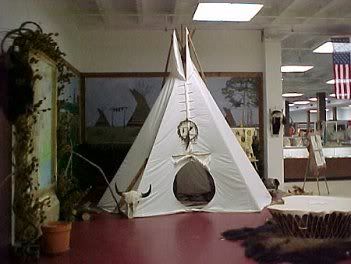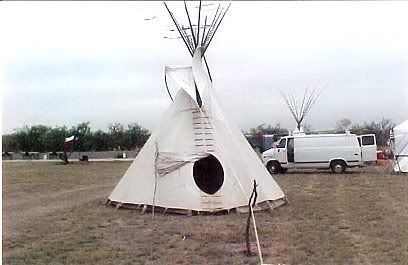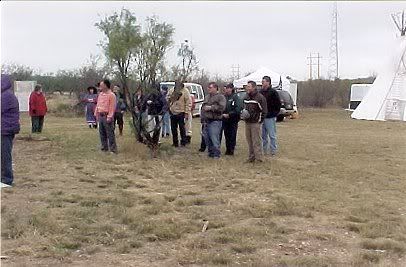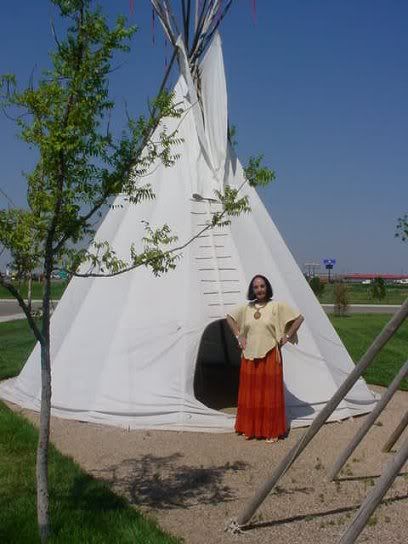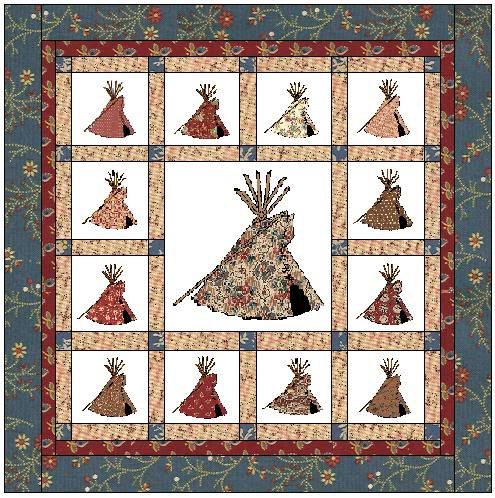When I went home, my housekeeper asked me if I could hire her daughter. I decided to start a manufacturing business and attempt selling at the Dallas Trade Mart. I bought a vacant building that had been an oil/gas distributorship. Olivia and I physically cleaned up old barrels and trash and she was my first employee at Two’s Company, the name I had chosen for my new venture.
Olivia and I made 12 different items and I loaded them in my briefcase and went to Dallas to find a representative. The first company I called on was Casey Associates, a rep that I had purchased from for my gift shop. Suddenly, my heart was in my throat....I had bought a building and hired an employee without means of supporting my idea. I was very lucky, Casey Associates liked what we had created and agreed to represent me in their permanent showroom. I left my samples and to my great surprise, from the first market several months later, I received $9,000 in orders.
My youngest daughter lived in New Jersey and worked in New York. I decided to go to visit her and look for a representative in New York. I took my samples there and found a representative at the 225 Fifth Avenue Showroom, Silverman & Silverman. They took my samples and I signed a contract with them to represent me. Part of my agreement was that I would personally attend their special outside shows. I had a terrible shock at the first market when an attorney came to our display and informed me that the name "Two’s Company" was trademarked and I was infringing. I called my attorney and he informed me to immediately change the name of my company - using my personal name (which cannot be an infringement). It was then that my company became "Bulls’ Country".
I was surprised when my NY rep called me one day and informed me that Spiegel Catalog company had placed an order for four of my items. I was so excited and called my husband and said, "Spiegel has ordered from me. The first order is $1,100.00". My husband looked at the order and said, "This order is for $11,000.00." I never was very good at math! As it turned out, our four little items appeared in 4 consecutive catalogs mailed out and the total orders amounted to $87,000.00. This order prompted me to hire more ladies and two men at my little manufacturing company. Here is a scan of the four hoop wallhangings that appeared in four of their catalogs. The second scan is the front of one of the catalogs this ad appeared in.
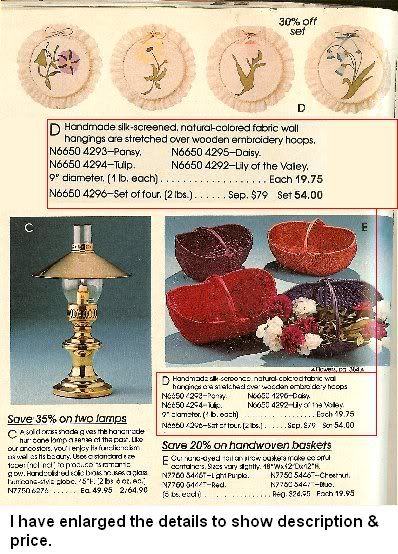

Here are some scans of items we manufactured at Bulls Country. We advertised "Bulls’ Country ABCs" - A-Add a Drawer; B-Build a Quilt; C-Change a Screen; S-Switch a Picture. Everything we made was of pine frames with changeable fabric inserts. We stated that our product carried through from Nursery to Newlyweds - simply by changing the fabric inserts. Everything could be shipped by UPS (United Parcel Service). I furnished my daughter’s apartment in New Jersey by sending her furniture through UPS.

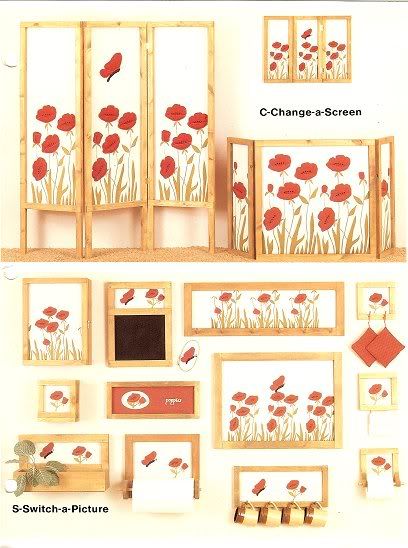

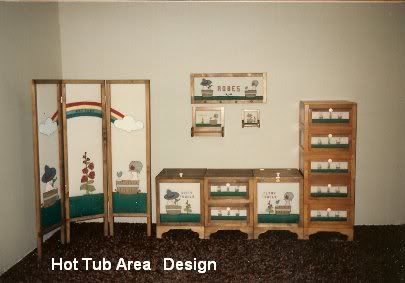
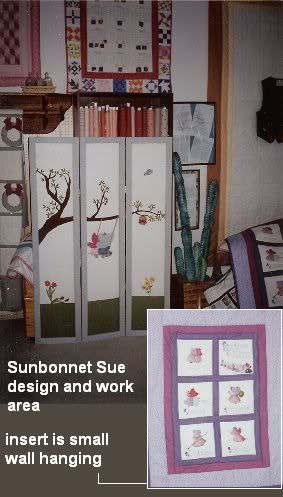
We had approximately 12 different theme designs. We also made little decorated crates that sold well.
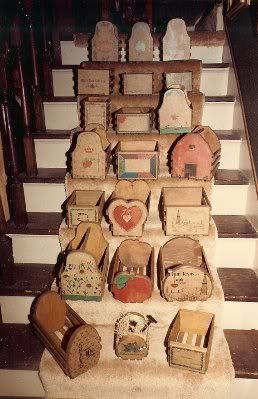
Here is a picture of me in my office at Bulls’ Country:
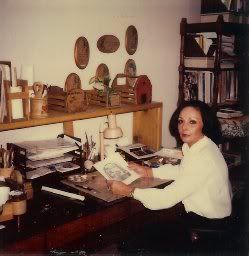
It was at Bulls’ Country that the idea of printing directly onto fabric with a copier/printer came to mind and I acquired a patent on the process. That, is another story for later.
